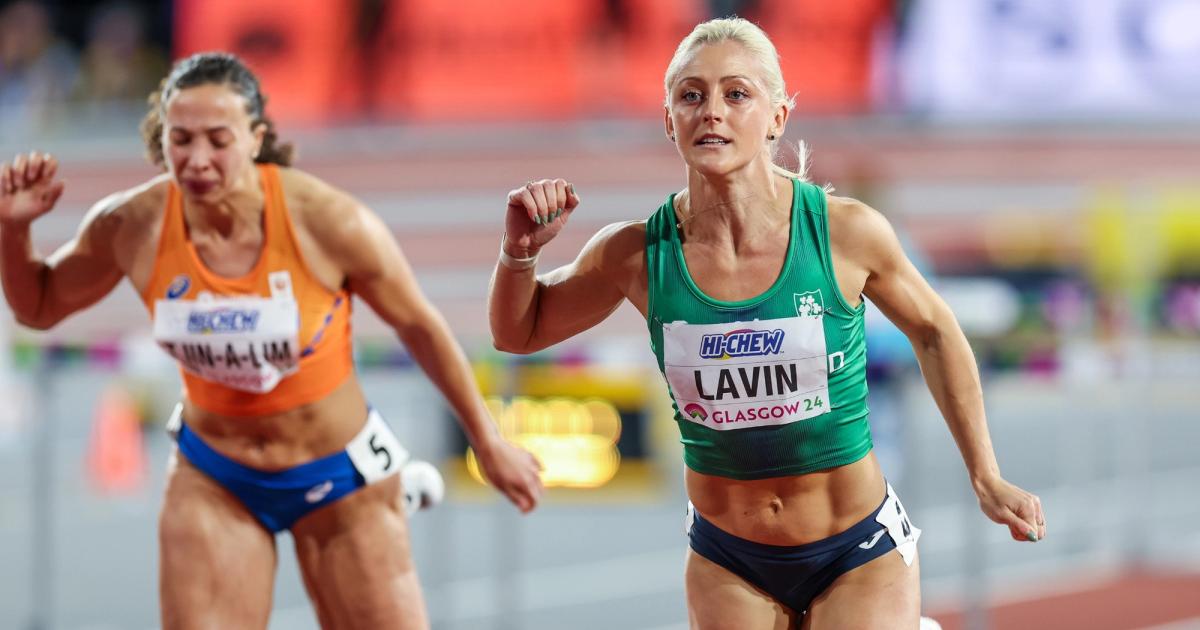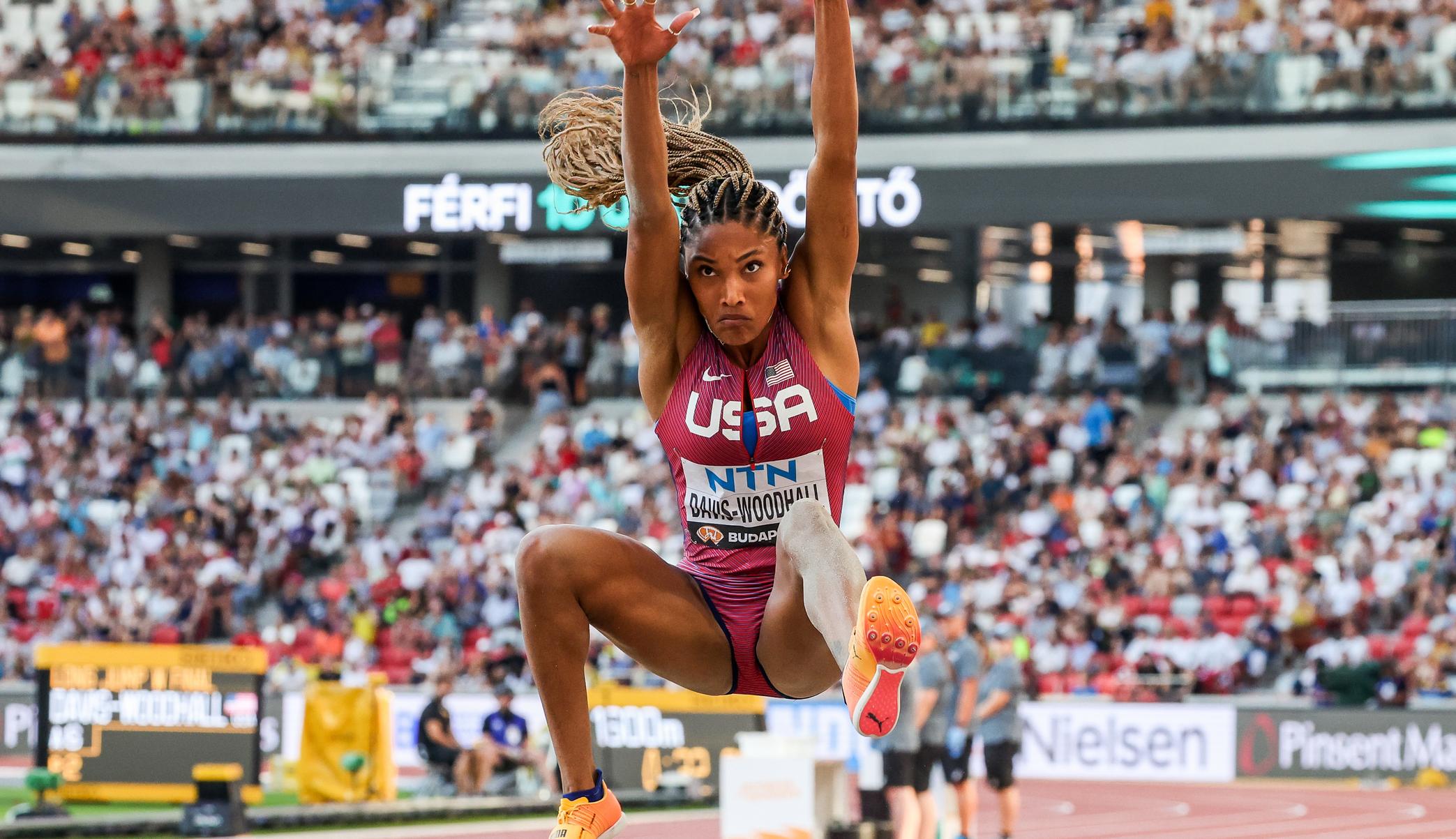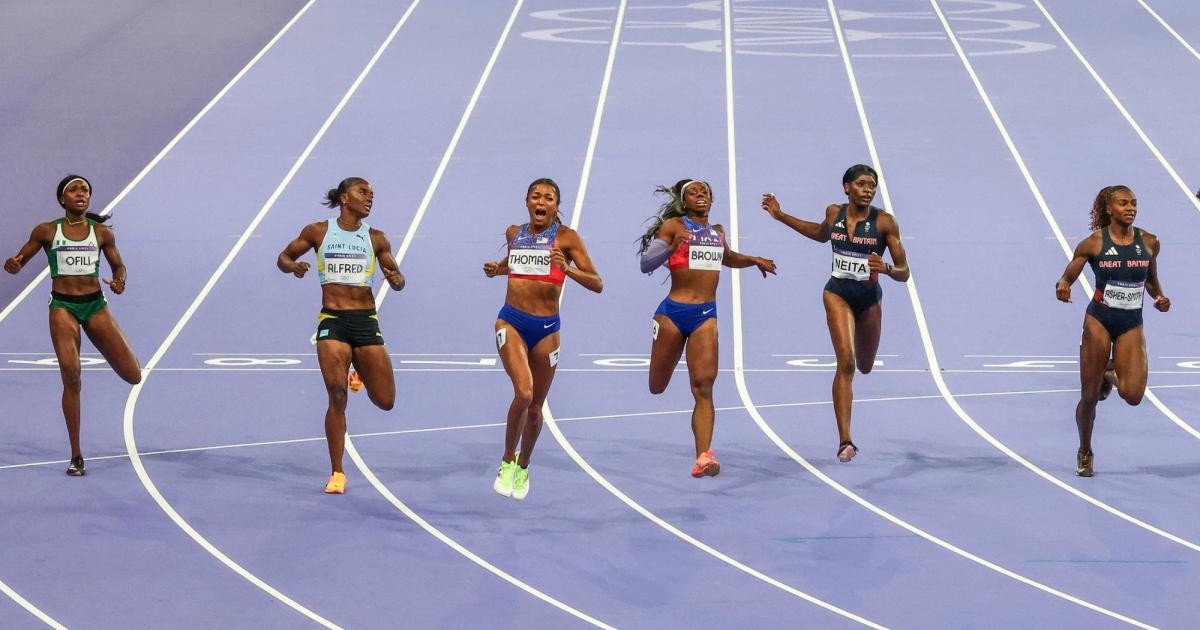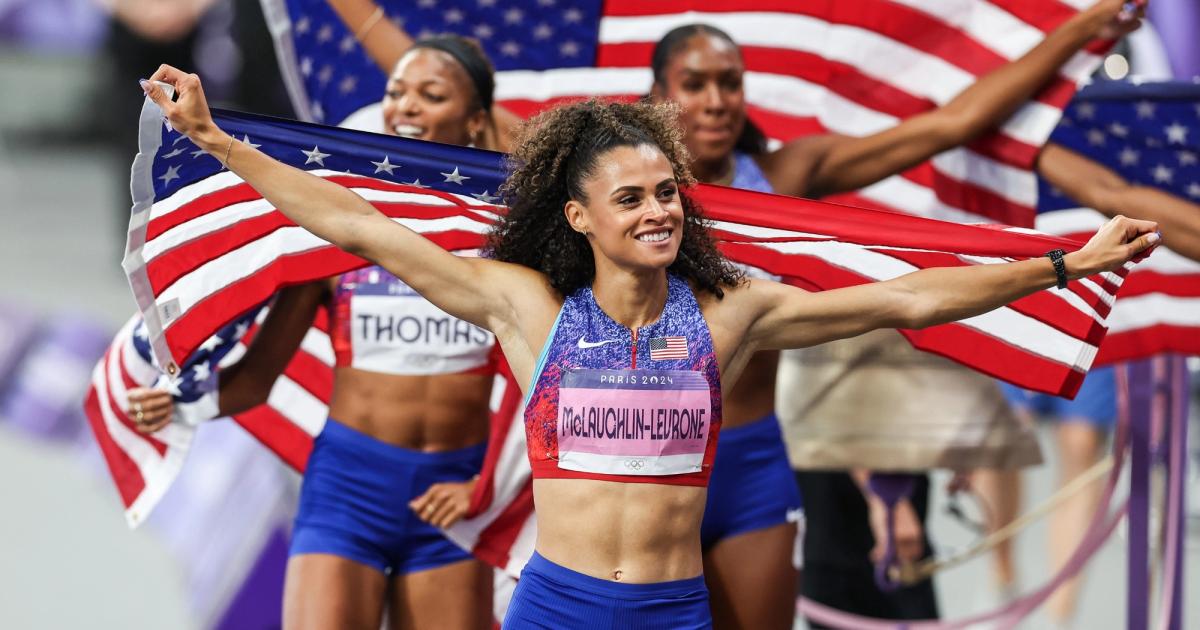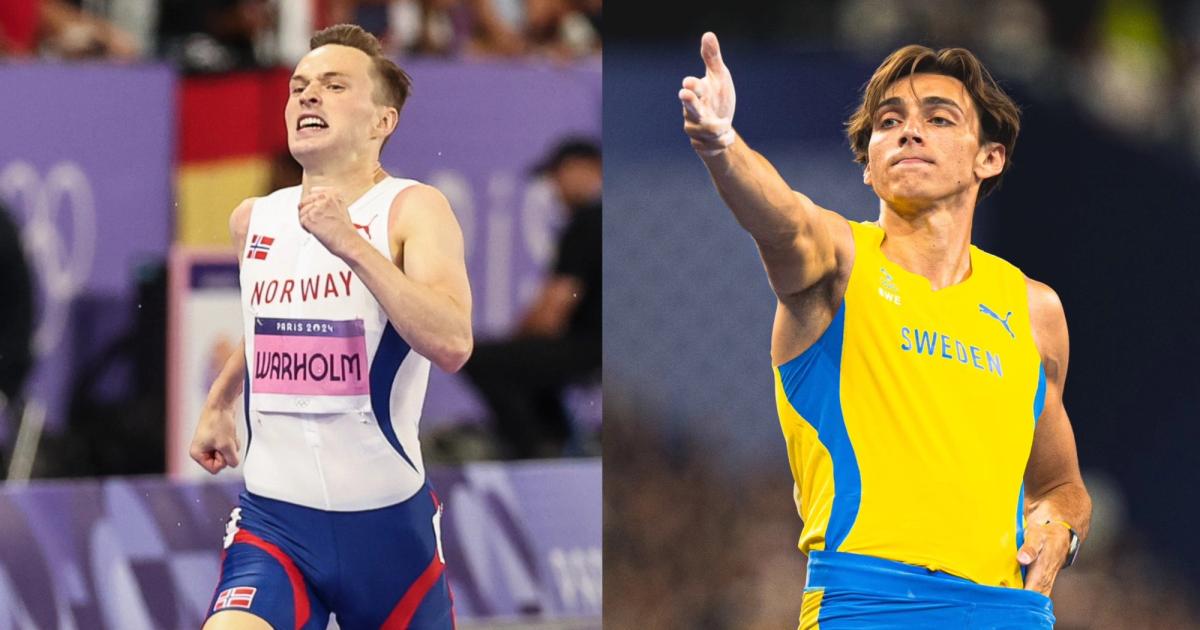By Preet Majithia
September 2, 2024
World Athletics and European Athletics worked together to put on a Track Lab event in Fribourg, Switzerland, to trial some of the new ‘innovations’ that have been tossed around. From the much criticized long jump take off zone tweak to the undoubtedly popular changes to the false start reaction time, this was an opportunity to test these changes out with elite athletes. It was great to see the likes of Anderson Peters, Alison do Santos and Nadine Visser take part, as any changes do need to be tested by the very best athletes in the world, who are operating on the finest of margins between success and failure.
Many of the tweaks to event presentation were actually great, whilst several of the changes to competition rules fell fairly flat and left both the audience and athletes confused. As many fans of the sport have been shouting from the sidelines, the message to World Athletics is to work to better present and package the amazing product we already have rather than to mess around with event rules.
If you want to watch it back and judge for yourself check out the live stream here.
False Start Changes
B+, good to see, but no idea if it worked
The reduction of the false start reaction time from 0.10s to 0.0s is definitely an improvement that many have been clamoring for, ever since the Devon Allen debacle at Worlds in 2022. At this test meet there was no clear information on how it impacted the meet or whether athletes did react more quickly, but hopefully this is something that is easy to implement and long may it continue!
Pole Vault: Fly as High as You Can
F, for epic fail
This was an attempt to turn the pole vault into an event like the horizontal jumps and throws, where each athlete gets six attempts and their best attempt counts. The highest height achieved wins the competition.
The problem with this was the bar was set much lower and it was unclear how the height was measured, with some athletes looking like they got miles above the bar, only for the measurement to be much lower than someone who appeared not to have jumped as high. It was not great for spectators who had no idea what was a good jump, nor did the athletes have any idea what was going on with their measurements. Without an actual bar close to the relevant height, it was clearly not so easy for athletes to maximize their high point correctly.
The greatness of the vertical jumps is in the clutch third attempts, the instant reaction from both athletes and spectators knowing a bar has been cleared and the tactics around passing attempts and skipping heights.
The nightmare for meet organizers that World Athletics may be trying to solve is the uncertainty over how long a competition might take. However, without a broader goal in mind around meet presentation, this kind of change only serves to make the event worse rather than better. The only potential benefit I can see to this would be to use it to break a tie to determine who wins a competition by looking at the height by which the highest bar is cleared.
Javelin Throw: Fun with Flags
A+ for presentation
Though not directly affecting the competition itself, this was a genius idea to improve the presentation of the event, and would be great to implement across all the long throws. Each athlete’s furthest throw was marked with a flag which then made it much easier for the audience to engage with the distances thrown, and know whether a throw was good or not. I wonder whether it may even help athletes better judge their throws.
The second innovation was not to measure a throw if it was shorter than that athlete’s previous furthest throw in the competition. In theory this was to make the competition faster, but it was unclear if it was successful in doing so. Surely the best innovations would be in technology to more accurately and quickly measure throws. I will never be convinced that judges ‘eyeballing’ the point of impact from a few meters away is 100% accurate, particularly when the discus Olympic gold was won by a paltry 3cm.
Long Jump: Jump from Wherever You Like
C, doesn’t solve anything
This is the first time we got to see the much maligned long jump takeoff zone in action. Things got off to an inauspicious start when the technology to measure the jumps (expected to be much quicker) failed spectacularly to deliver results in the first round. Even when it did start working it didn’t seem to make things significantly quicker.
Athletes were unsure how far they had jumped, and viewers on the live stream were left doing math in their head as the only information we received initially was the distance behind the foul line that we were trying to add to whatever distance we felt the athlete may have jumped into the pit. Not great for spectators, or it seemed for the athletes either. And one athlete still managed to foul even with the larger take off zone! I imagine it is something that will get trialed again, but it does seem to be trying again to solve a different problem to the one that actually exists, which is one of storytelling and presentation around the athletes over the course of a meet.
Steeplechase Mile
A, for entertainment
This was an enjoyable watch, so I’d be happy to see this contested on more occasions. However, after Lamecha Girma’s rather worrying fall in Paris, it seems that having athletes tackle the immovable steeplechase barriers at a higher speed, more severe lactic burn, and likely with less separation from other athletes, will be a high-risk endeavor. Those concerns aside, it could be slightly more fun as a championship event than the 3000m steeplechase, but it would be a shame if there was nowhere for the 3000m specialists to go, who at least (for now) have the steeplechase to try their hand at.
Team Competition
B +, a concept with potential
The format of the meet was intriguing, with six team captains drawing their teams the day before. Many of the athletes really got into the spirit of the competition and cheering on their teammates, and the likes of an injured Julius Yego even threw through severe pain to secure a point for his team. With any sort of team competition it does require fans to build a relationship with a team over time, but could add an intriguing angle to events like the Diamond League if implemented correctly. Potentially shoe brands or other sponsors could bring together and send teams and this could help thread the season together better, even where the same athletes are not competing at every meet.
The Live Stream
A, for effort
Firstly a shout out to Matt Seddon who did an amazing job of commentating solo and keeping the energy up for the whole length of the meet, as well as doing a creditable job on the field events given his distance speciality. We hope to hear his voice on more international commentary streams soon!
There were multiple attempts at creative camera angles. Some of the drone shots were cool and offered great new perspectives. But call me a traditionalist, I prefer to see all the competitors in the field for the whole length of a sprint race to see how the race is playing out and who is winning. For the replays, show us all the cool angles you like. For the pole vault, a vomit inducing 360 spin around the bars whilst the athlete is airborne is most certainly not the way forward!
___________________
Keep up with all things track and field by following us across Instagram, X, and YouTube. Catch the latest episodes of the CITIUS MAG Podcast on Spotify and Apple Podcasts. For more, subscribe to The Lap Count and CITIUS MAG Newsletter for the top running news delivered straight to your inbox.

Preet Majithia
Preet is a London based accountant by day and now a track fan the rest of the time. Having never run a step in his life he’s in awe of all these amazing athletes and excited to help bring some attention to the sport.
